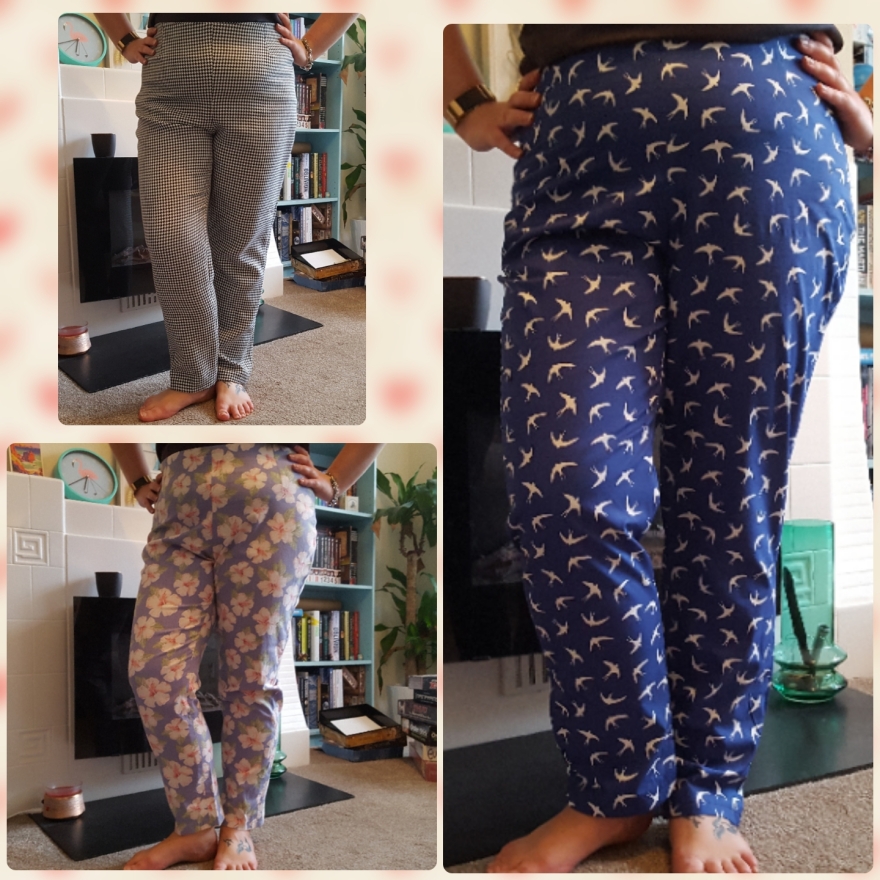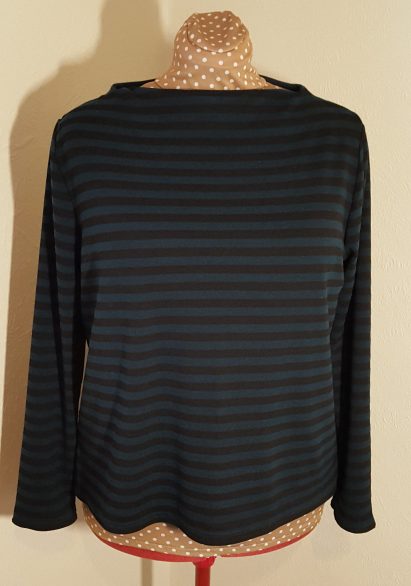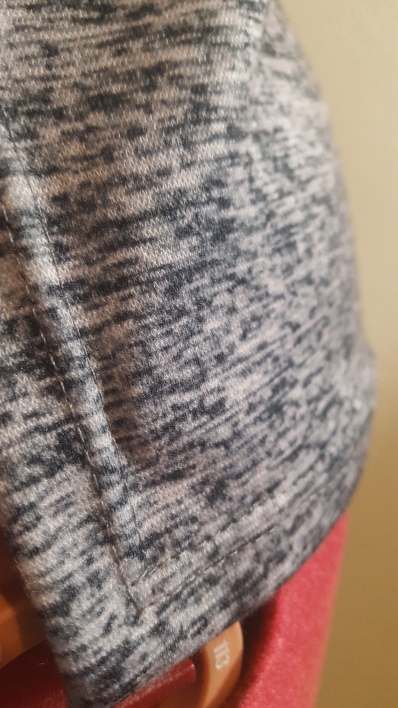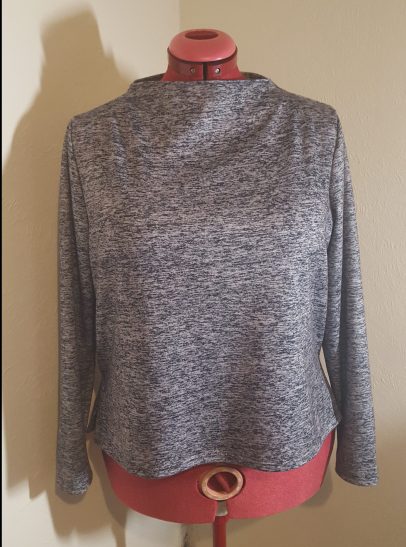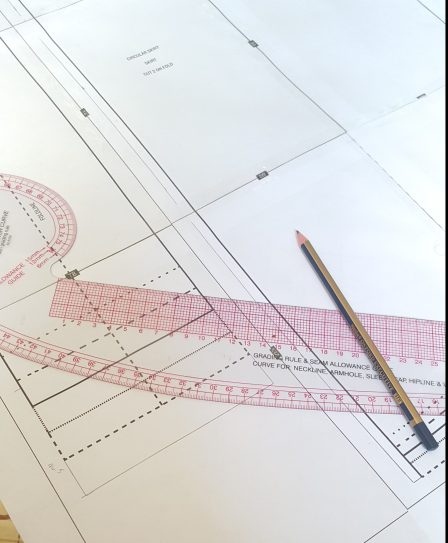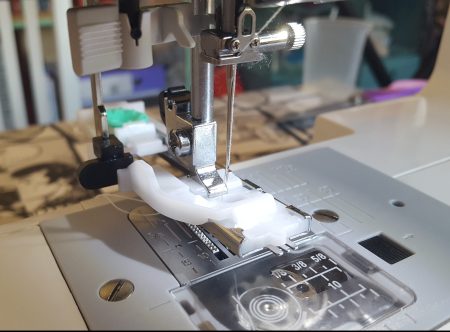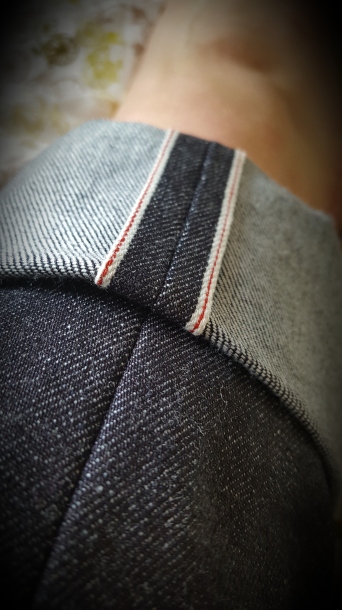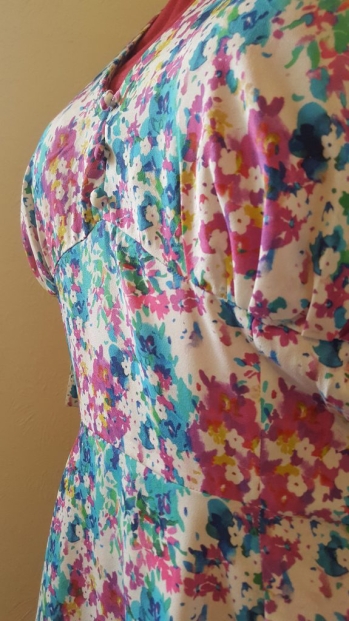One of the reasons I decided to start sewing my own clothes was for better fit and so that I could get the styles I wanted with the fabric and finishes I wanted. The high street just wasn’t offering what I wanted.
But another factor was the ethics of the current “fast fashion” trend, and this has become more important to me over time. I recently watched the documentary The True Cost on Netflix and while much of it wasn’t a surprise, it was still shocking and spurred me to make yet more effort to buy consciously.
Because I do still buy, or get bought clothing as presents. I want to make every effort to ensure the brands I do still choose to buy from are promoting a more ethical approach to fashion. My survey is based on information provided on the brands’ own websites and may therefore be considered biased or unreliable but you can still tell a lot just by the depth and type of information they give, I believe. I also found a couple of independent organizations surveying and collating information on the big brands.
The below is a list of brands currently most common in my wardrobe (aside from second hand, handmade or vintage items), with a summary of the info I found plus my rating.
Seasalt – a family-owned company originating in Cornwall, they make a strong statement of ethical and environmental responsibility. They have a policy of local or artisan purchasing through their supply chain, and were the first fashion company to have their clothing Soil Association certified as organic, in 2005. They also seem strong about passing their standards down through the supply chain, whether that’s ethical or environmental. Eg. Where organic or fair trade certification is specified by us as a condition of supply, follow the relevant certification organisation’s rules and guidelines. And when that’s not the case, still use eco friendly, fair trade or recyclable materials wherever possible. They also require suppliers to sign various statements of ethical practice, and to join SEDEX and report annually on ethical practices.
Rating: 10/10 Seasalt’s policies seem pretty robust and tick all the boxes for me. They also seem to have a strong methodology for making sure that their policy is also their suppliers’ policy. I also like the depth of documentation they have made available on their website.
Desigual – Now a global fashion brand originating in Barcelona, Spain, known for very distinctive clothing which often features bright multi colored prints, decoration and complex patterns, most commonly on dresses, skirts and tops in jersey fabric. To my dismay there is nothing on their website about ethical policies, not even in the Spanish language site. Through a Google search, I found two useful websites which rated Desigual very badly:
Rankabrand.org rated them E – Don’t Buy, with the following statement:
Desigual has achieved the E-label. This is our lowest possible sustainability score, and Desigual has earned it by communicating nothing concrete about the policies for environment, carbon emissions or labor conditions in low-wages countries. For us as consumers, it is unclear whether Desigual is committed to sustainability or not.
The Clean Clothes Campaign also cited a lack of information and only a basic response in terms of company action to ensure ethical working conditions in their supply chain.
My older Desigual garments state Made in China, but more recent ones have Made in Spain or Portugal.
Rating: 4/10 The lack of openness and information means I can’t rank Desigual any higher, but the fact that more recent garments indicate a shift in manufacturing back to Europe shows that Desigual might be more aware of the issues than they first seem, and have even chosen to support some of the European economies which have struggled in recent years.
Collectif – a rapidly growing London based vintage repro clothing company, Collectif make much of the small team who oversee every aspect of the design, production and sales process. However, there is nothing on their websit about manufacturing, ethical or environmental policies and I couldn’t find anything from a Google search either. The labels in the clothes say Made in China.
I contacted the brand to see what they had to say. Within a couple of hours I had a reply, which in addition to clarifying that they manufacture in Vietnam, Bangladesh, Romania, Armenia and London and the majority in China, said the following:
All our fabrics are sourced in China, where we have our own facility and office, run by our own staff, who are in constant contact with our team in London. Having our own facility, means we are very aware of everything that happens throughout our production process. Our London design & production team regularly visit China to personally source our fabrics and ensure they are of an acceptable quality and ethical standard. These team members, as well as members of senior management, also make regular visits to our production facility and offices.
Rating: 6/10 I am a bit disappointed that the clothes are mostly made in China, and not having openly available information for consumers is not best practice. However, I was impressed with the speed of response to my enquiry, and based on what they’ve said they seem to have closer ties to their suppliers than many retailers might have, and they are aware of the issues.
M&S – a British institution, although they sell a huge range of products I’m thinking mostly of clothing in my research. The website does carry a statement on Modern Slavery, which make clear that M&S are aware of the risk they carry in their supply chain and sets out what they do to mitigate this. They say they require their suppliers to :
- Participate in ethical trading audits assessments;
- Provide employees with good working conditions, fair treatment and reasonable rates of pay;
- Respect workers’ human rights and comply fully with all applicable laws.
The Clean Clothing Campaign also has a report on M&S which seems fairly positive about the policies and more importantly action the company is taking.
Rating: 7/10 the statement and independent assessment make it clear M&S are actively trying to improve the situation & ensure their supply chain is ethical, but given the volume of manufacture and the size of the retail chain, I can’t honestly rate it much higher.
Next – another British high street staple, and long a favourite of mine for workwear. They have several statements on ethical and environmental policy under the Corporate Responsibility section of the website, but here are their stated priorities:
- Develop and improve workers’ conditions, including safety and human rights
- Communicate and support the achievement of compliance to our ethical standards with all our suppliers
- Support our suppliers to achieve continuous improvement through partnership
- Implement sustainable programmes and initiatives with suppliers to improve their capacity and ability to deliver to our ethical requirements
- Continue to develop opportunities to work in collaboration with other Brands and retailers, Governments, trade unions and non-governmental organisations (NGOs), to pursue solutions for some of the more complex and systemic problems within the global supply chain that we cannot resolve alone and to help achieve lasting change
From an environmental perspective, a standout statistic is that they claim to have diverted 91% of operational waste away from landfill.
RankaBrand has given them a D rating, or “first milestones recognized, can do better”.
Rating: 7/10 I think Next seem on par with M&S on policy and at the end of the day they are another large fast fashion retailer.
This post is turning in to a bit of an essay so I’ve decided to split it into two. More brands coming up…

